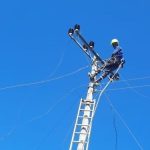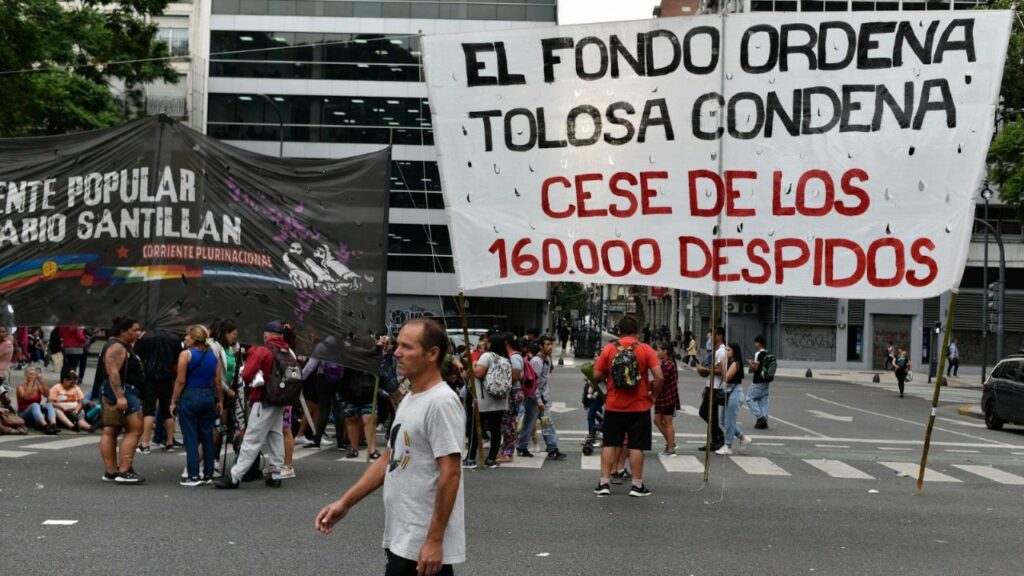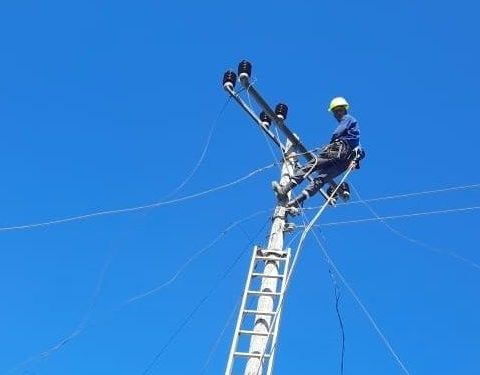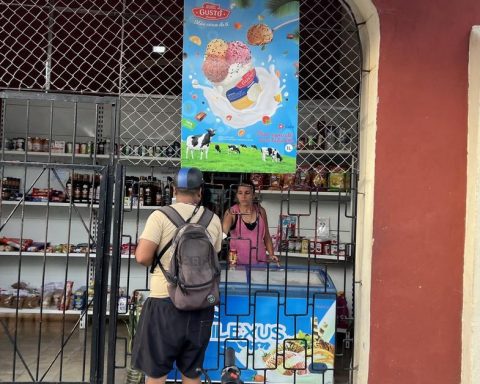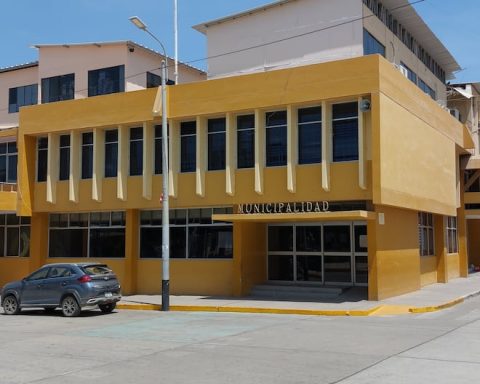Uruguayan beekeeping is in a moment of tensionwith several problems that have producers very concerned: a relevant productive loss due to the drought, hundreds of beehives destroyed by firea depressed price in the international market and the latent risk of varroa mite attackswith some cases already detected.
Néstor Causa, president of the Honorary Beekeeping Development Commission (CHDA) of the Ministry of Livestock, Agriculture and Fisheries (MGAP), recalled that on January 17, when the declaration of an agricultural emergency due to drought was extended until the end of Aprilbeekeeping was included in the set of items considered to provide assistance to producers.
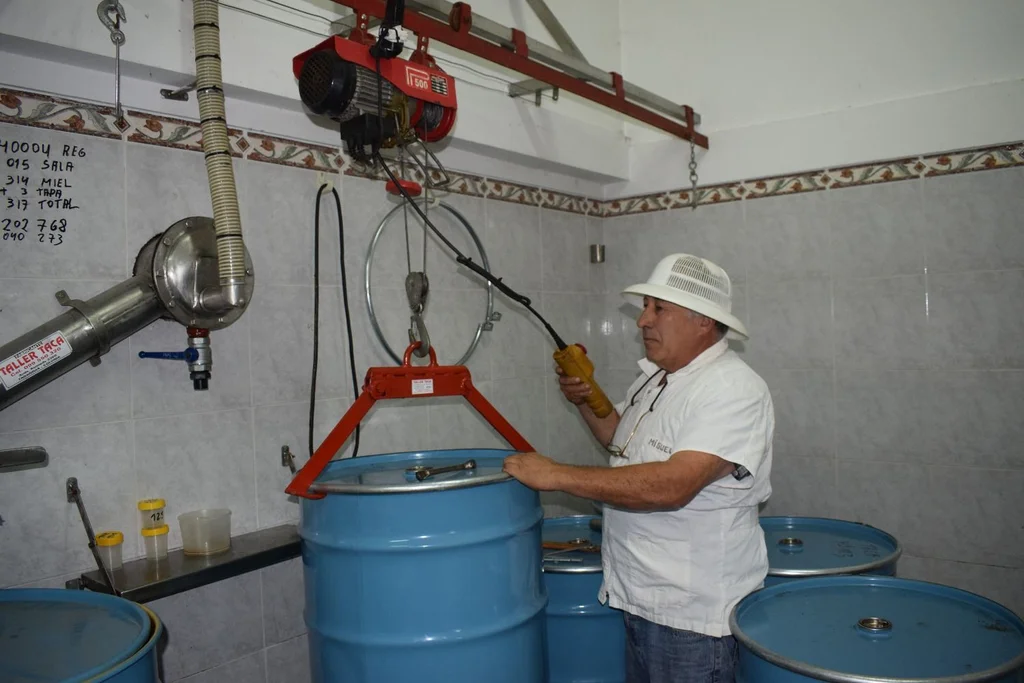
John Samuelle
The price of honey that is exported is much less than half that of a year ago.
drought loans
It was decided to deliver $600 per hive. Producers of up to 1,000 beehives can take this loan with a two-year grace period to start paying it off and also when they pay it they will not pay interest, having to repay 40% of the loan in 2025 and 60% in 2026.
Those who have between 1,000 and 1,800 hives must pay, after the two-year grace period, 10% interest when repaying the money.
“For the majority of small and medium-sized producers, it is a great help that they do not have to pay interest on the loan,” he said.
Related to the above, the National Registry of Beehive Owners (RNPC) revealed in mid-2022 that there were 2,222 beekeepers. “It was the photo of the moment,” said Causa. Later, when the agricultural emergency was extended and beekeeping was included, a number of 2,611 beekeepers was considered (as of December 31). The difference corresponds to producers who made the affidavit out of date. In order to encourage them to comply with this requirement in a timely manner, it was decided that these producers benefit from the loan of $600 per hive, but they will not have a zero interest rate, they must pay 10%.
For Cause, consulted about the survey data, “It is significant” that the same number of beekeepers (2,638 as of February 2023) and the number of hives (616,964) continue to be maintained..
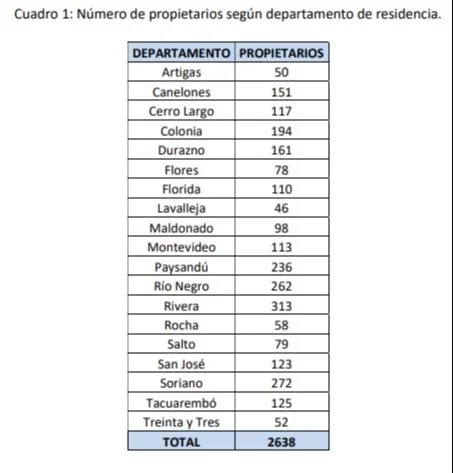
beekeeping record.
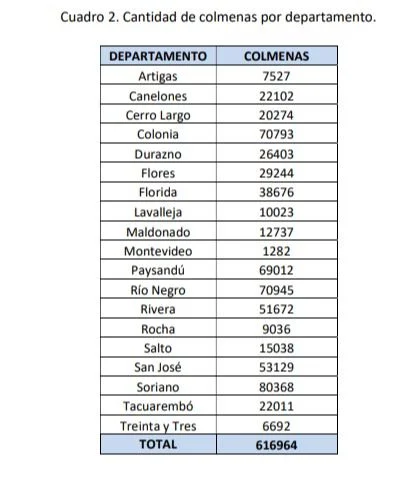
beekeeping record.
there will be less honey
Regarding productivity, given the adverse impacts of the drought production is expected to drop 30% to 40% from usual, which is 10,000 to 11,000 tons.
Rapeseed honey production increased, given the expansion of this winter crop, but then the drought began to impact. There are areas of the country, such as San José and neighboring departments, which add up to three years of drought with a great impact on production and beekeepers do not have honey and are very resentful. In others, the situation is less problematic. The indicated line of credit, for example, will allow the purchase of sugar to feed the beehives, a management that will be essential in many cases. There are beekeepers who are now betting on the production of eucalyptus, especially in the north of the country and that generates expectations.
The bulk of the honey produced is exportedTherefore, a problem of internal supply is not visualized, moreover, there may even be a benefit given that the difficulty of placing abroad makes the producer who does not have storage capacity choose to sell in installments and at values considered convenient for the consumer.
This is what happened in other years in which sales abroad became difficult.
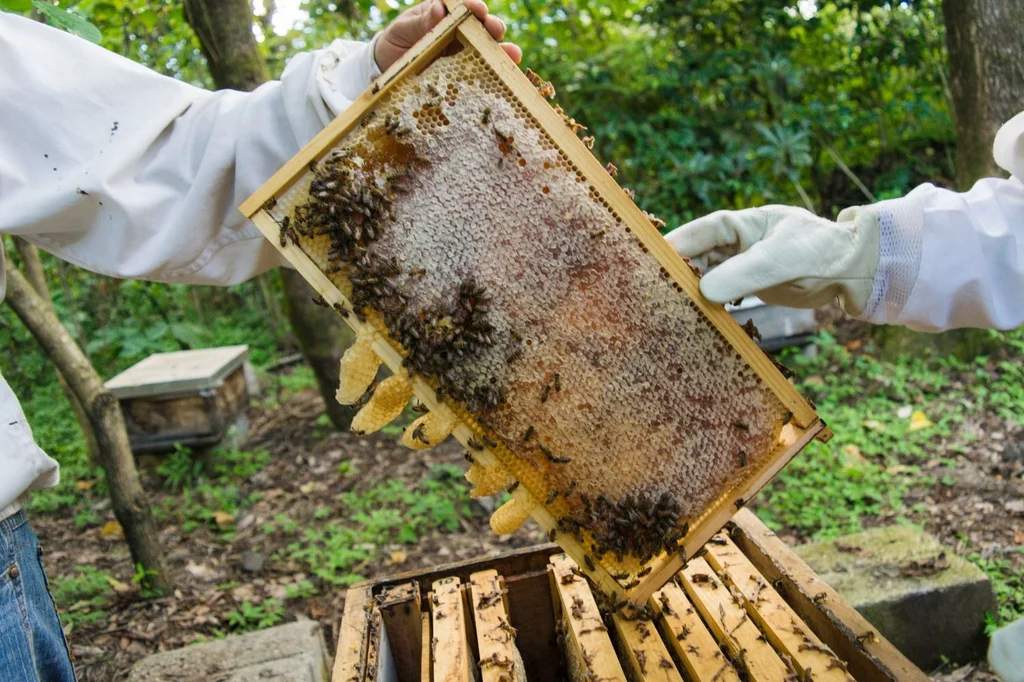
A harvest develops with a significant production decline.
In addition to the damage caused by the drought, the occurrence of fires in fields caused losses of hives. Although there is no exact data, it is estimated that at least 200 were affected.
In that sense, Causa recalled that the General Directorate of Farms (Digegra) of the MGAP has an agreement with the State Insurance Bank whereby there is a subsidy for farm insurance, in the face of various damages such as those caused by hail, for example. With that as a frame, beekeepers have the possibility of taking out insurance. There is a scale, but for example those who have up to 100 hives with US$30 would insure the hives at US$160 per unit.
“That tool exists,” said Causa, who urged beekeepers to find out about it and be covered.
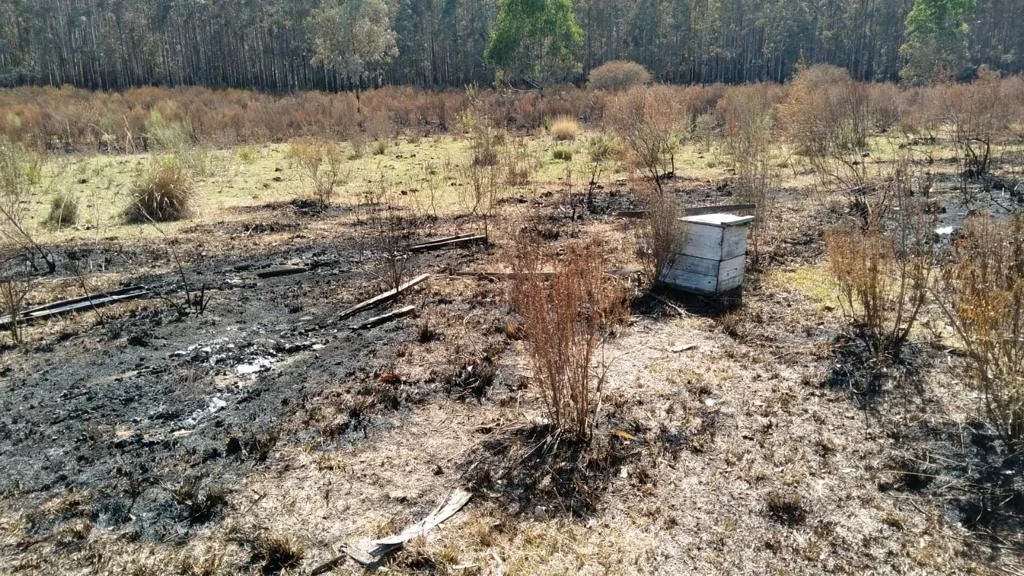
J. Fiorelli
Beehive fires, a problem that was added to others.
problems in the world
Commercially there are severe complications. The price has plummeted. A year ago, foreign placements were made that allowed producers to receive around US$3 per kilo, when now it is considered only US$ 1.20 to US$ 1.40 per kilo.
All this is explained by some situations that are taking place in the world and that block the market, such as the war that persists after Russia’s invasion of Ukraine and inflationary problems in European countriesbut also due to a negative incidence of Asian countries that flood the market with adulterated honeys or fake honeys at low prices that depress the demand and values of real honeyssuch as those produced and exported by Uruguay.
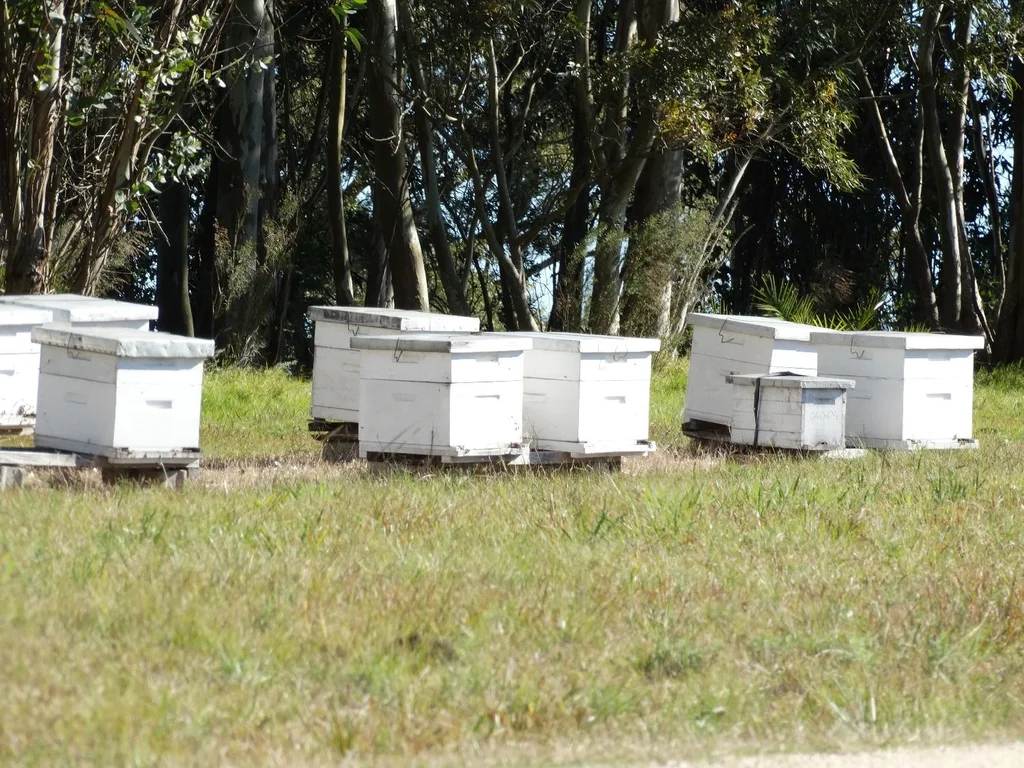
The hives can be secured and for this the producer can benefit from a subsidy.
varroa warning
Taking into account the situation of the varroa detected in a recent field visit by CHDAfrom the MGAP a primer with recommendations, available at this link.
The conditions of extreme and prolonged drought and the drastic reduction of the floral supply generate significant nutritional stress at the colony level, which has a negative impact on the quality and longevity of the bees.
To this must be added health issues, where mainly the varroa mite finds favorable conditions to increase the negative impact on the colonies.
It is in conditions of low food supply when the greatest effects of natural reinfestation normally occur due to looting of natural hives or semi-abandoned apiaries, generally affecting those hives that have performed best in recent months.
From the CHDA beekeepers are alerted to carry out the corresponding monitoring, to plan the treatments in a timely manner, taking care of the quality and safety of the honey and in turn ensuring a healthy population of bees to face the winter.
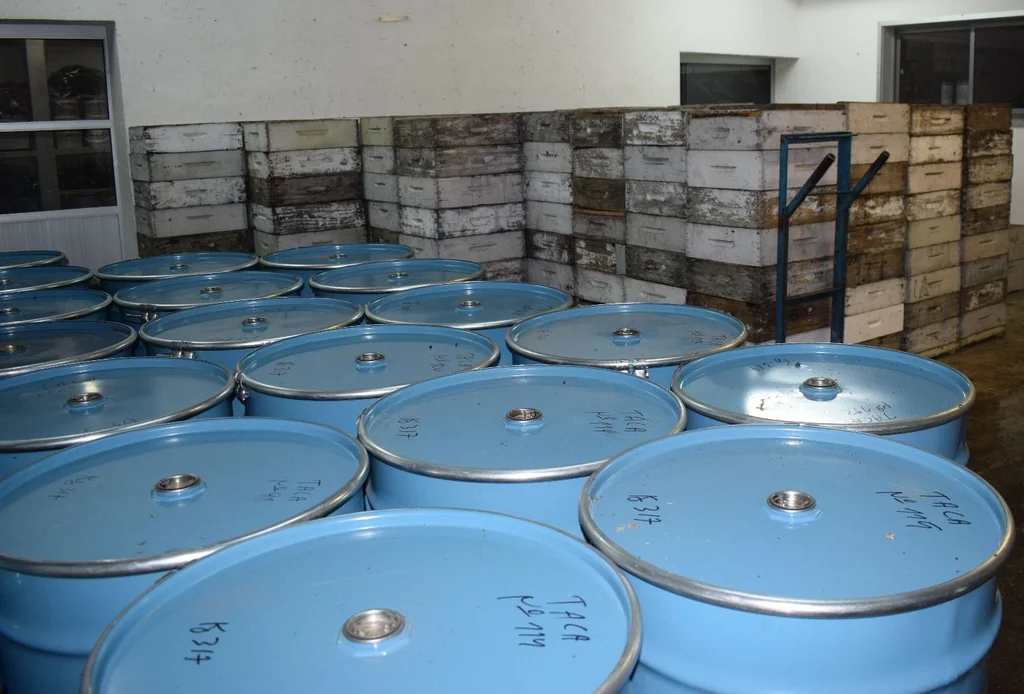
John Samuelle
Drums with honey for export.






